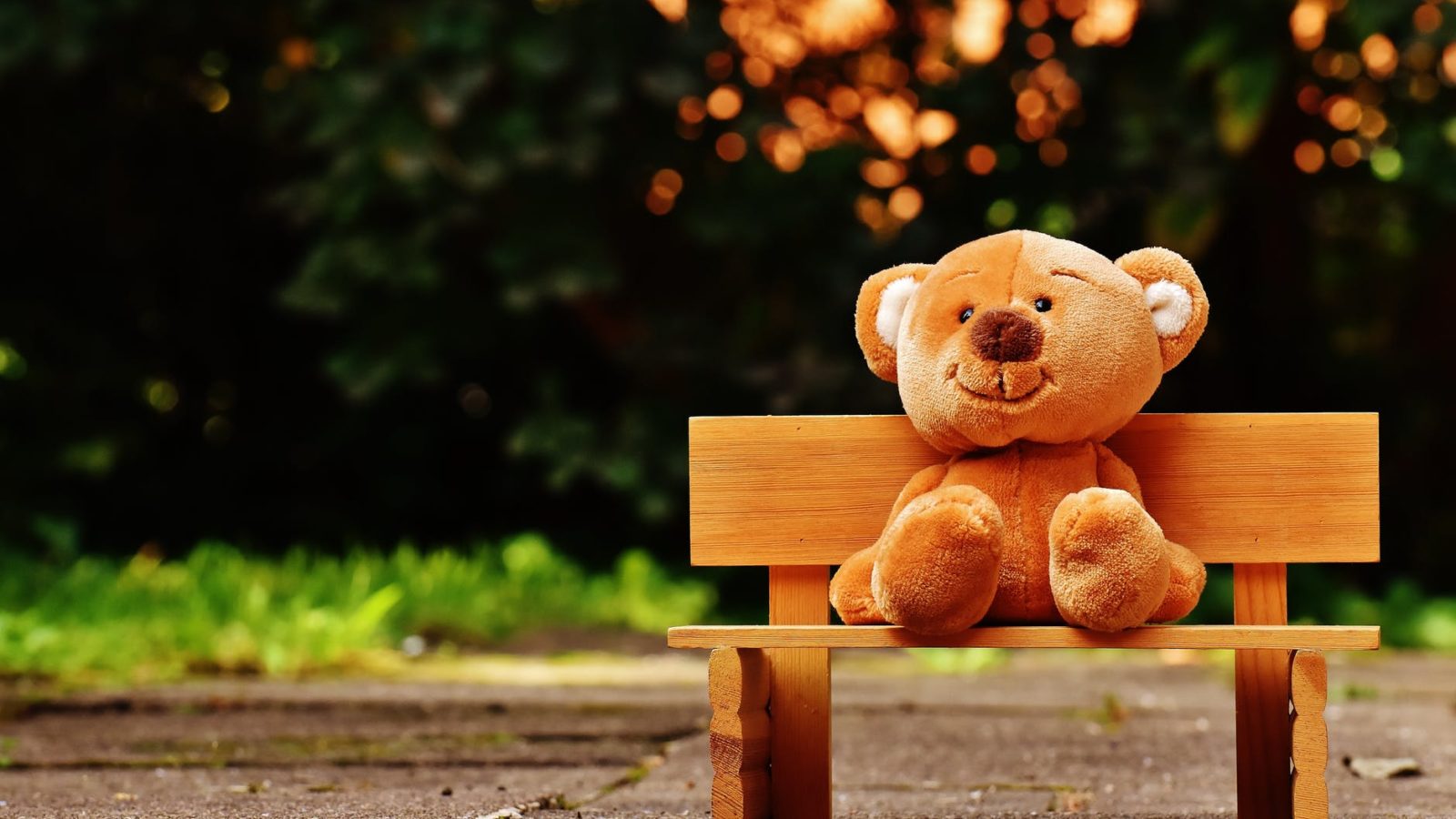“Not all forms of abuse leave bruises”—Daniel Steel
Whether it is the gun attacks in the US or freak cases of children murdering a child in a Dehradun school recently, coming on the heels of another school murder in Gurugram, it leaves us all feeling like victims, living in chronic fear and wondering what is the new “normal” while bringing up our children.
We imagine horrific scenarios in our minds and that of our kids with the aim profiling the perpetrators and the next minute we have a new image of a new crime stooping to a new low. This sort of fear psychosis is an epidemic making us all sick with paranoia and not one of us is left immune.
What is worse is the rate at which children are falling prey to other children’s hostility and losing their lives to an impulsive moment of aggression by another child.
Research indicates that there is a strong and evident connection in the psychological environment we give to our children and how that enables them to manage their innate tendencies, even those of rage and extreme anger.
Our children are the present and the future, and that makes it imperative that this crime statistic is nipped in the bud. We need to look at the psychology of a child wanting to commit a crime as a manifestation of a need that has to be redirected and satisfied constructively.
It is time we take steps in a direction that can be instrumental in bringing up a balanced, fully functional child.
Shades of Grey
Bullying, attention seeking, competitiveness, one-up manship are innate tendencies humans are born with and we are all equally able of swinging towards or against these, some swing a little more, some a little less.
For example, take two babies who have the same primary caretaker or a group of toddlers in the same room with or without a person of significance. They learn to please, show aggression, bully, gang up, hurt, insult, sometimes even hit the other, all just coming naturally.
Screen time, instant gratification, excessive glorification of the little effort children put in and short-tempered grown-ups, at home or outside makes this generation further more vulnerable.
Thankfully children don’t quite know the art of perpetual masking. We can safely gauge their sentiment as it is inside them like when we see a child saying “I don’t want to share”, “I don’t like him” and much more just as a matter of fact.
Where does it begin
When you read, you begin with ABC, when you sing, you begin with Do Re Me and when you socialise you begin with empathy and compassion.
We need to teach empathy and compassion to our childrenjust as we teach English, Mathematics and Science and we need to catch them young, as young as may be a two-year-old.
Three steps that we need to follow with every single child, be it a potential bully or a potential victim, are:
1. Enable children to recognise crisis situations that could drive them towards socially undesirable behaviour with their peers or anyone else. For example, if a child cannot make friends easily that child will be at the receiving end of a lot of mean laughs, to say the least, and that is a crisis situation for the child. That child could choose to go into a shell or try and attract attention by any means including anti-social behaviour.
Your child’s response to this crisis will determine
whether your child turns into being a bully or the victim. As guardians we need to
hypothesise and present more and more such every day crisis situations to
children where your child can understand that this is a normal situation that
we all go through and there can be many feelings that can accompany in such a scenario.
2. Highlight the accompanying negative feeling and thought for the child. We need to tell them how an attacking situation may make them feel, or how they may feel when they are driven towards attacking another. We need to enable them recognise the emotion and feel secure in knowing that everyone feels the same sentiment in a lessor or higher degree. This in itself would work as a huge pacifier.
Don’t we all feel much better when we know that the significant others in our life can relate to our emotion, specially the negative ones and these thoughts and feelings are not invalid.
We need to tell them how this may make them act in a situation in order to take the next step of dealing with it constructively. For example, when a child gets pushed around while entering a school bus his impulsive reactions could either be aggressive to push back or submissive to just step aside.
We need to identify both these accompanying behaviours that may follow a crisis situation. We simply cannot ignore it by saying that they are children and they are just being that. We need corrections right from this point on wards.
3. Offer crisis resolution. We need to tell our children how to respond to the negative feeling that is driving us to a negative action or when a negative action is directed towards us. We need to show them what to do, what will be the correct behaviour in any potentially attacking situation through role plays, puppet shows, movies, and anything that catches their attention so that the message registers.
A lot of animated movies made for children carry a lot good and bad modelling that we can get the children to learn and connect to. We need to get parents and caretakers who matter, to role play the crisis situations and model more positive responses and we need to do this repeatedly so that it registers as a point of reference for the child in his subconscious mind. This will aid the bully in holding back and the victim in speaking up.
Building blocks
Sitting in class feeling invisible or succumbing to peer pressure for the fear of being unfriended, every minute could be a new situation for someone somewhere.
Coping mechanisms for each child are also varied. Some are as they often say more sensitive. By helping them recognise emotions in themselves and how these emotions can impact their mental make-up and sense of being, we are building the ability within them to spot it in others around them too thereby enhancing their empathy quotient.
Some might argue that these are passing sentiments and the child gets over it soon as the situation is over. However, it’s made a place for itself in the child’s subconscious. It might sometime later get reinforced or weakened with another subsequent action and that will be a big factor in determining to what extent does it become a part of his personality.
This is the building block for whether your child will later be a victim or an aggressive bully or a well-adjusted fully functional grown up.
Want to share your story of how you thrive? Write to us at [email protected]


